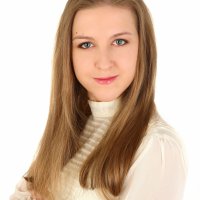
Mgr Maria Bajak
ORCID: bajakm@uek.krakow.pl
Mgr Maria Bajak
A graduate of MA studies in the field of Marketing and Market Communication, assistant at the Department of Marketing at the University of Economics in Krakow. Her research focuses on the use of new technologies in marketing communication and corporate social responsibility.
DOI: 10.33226/1231-7853.2021.12.4
JEL: M30, O31, Q55, Q56
DOI: 10.33226/1231-7853.2021.3.3
JEL: M14, M15, O35
